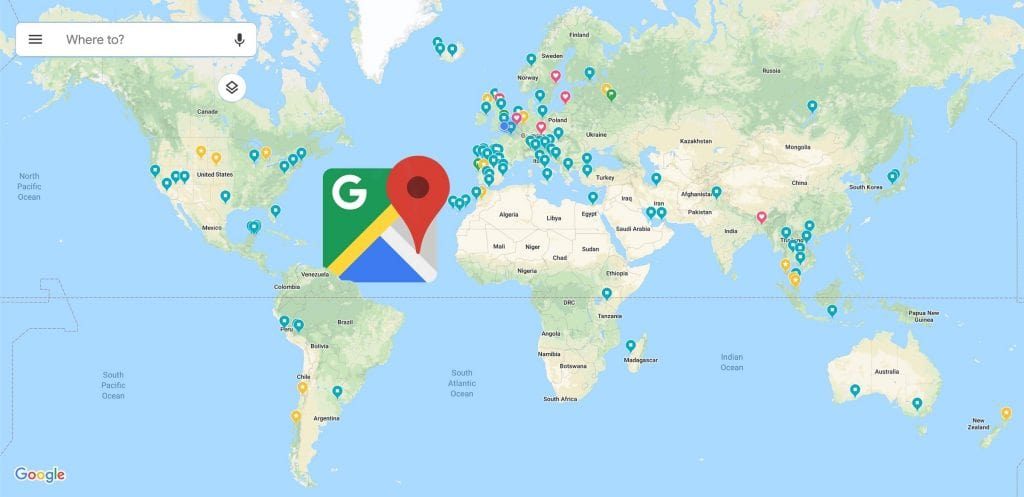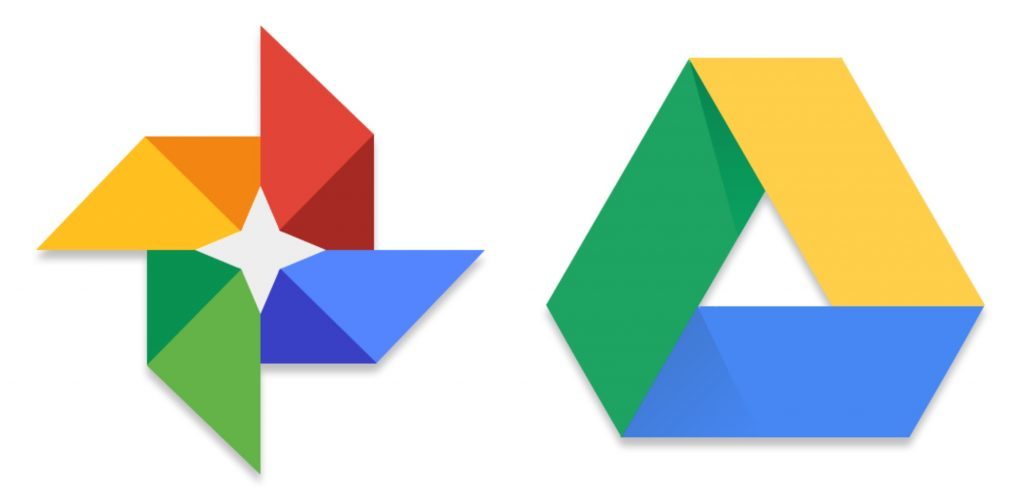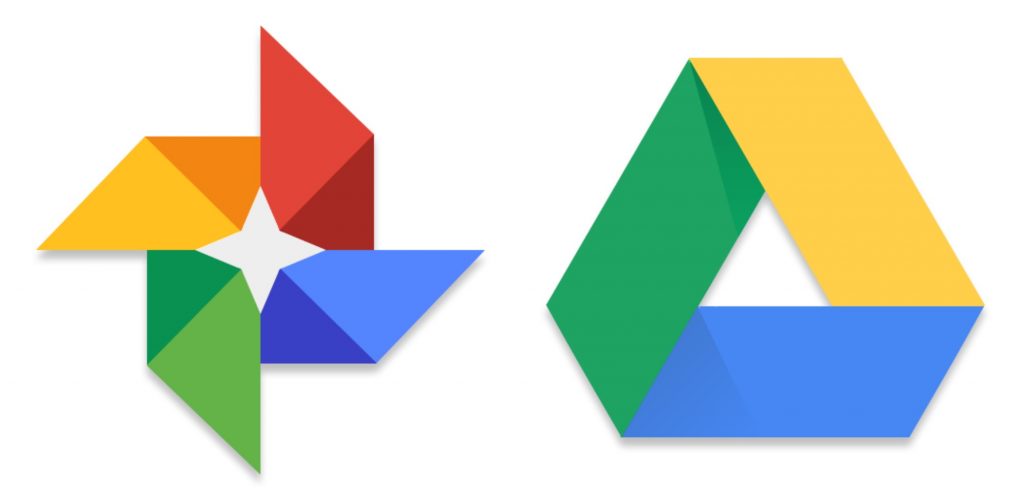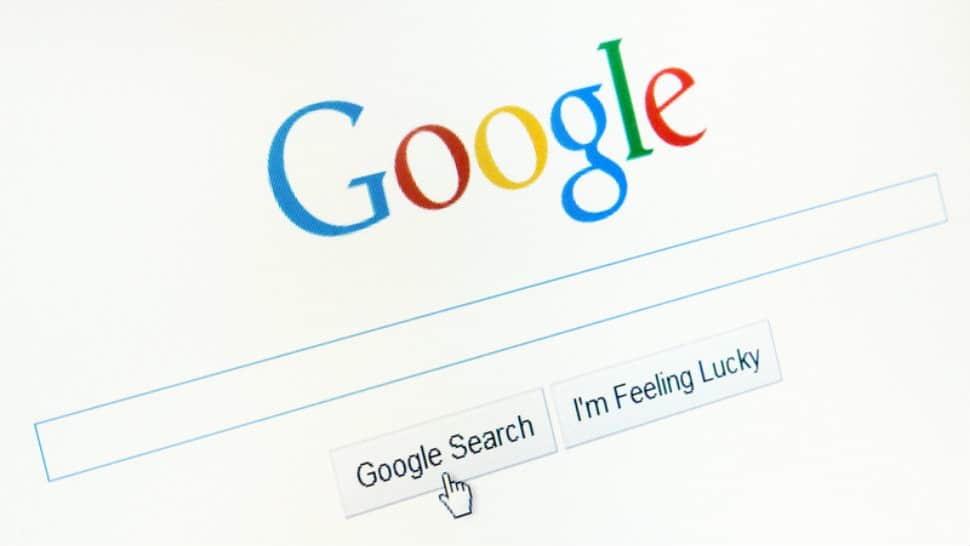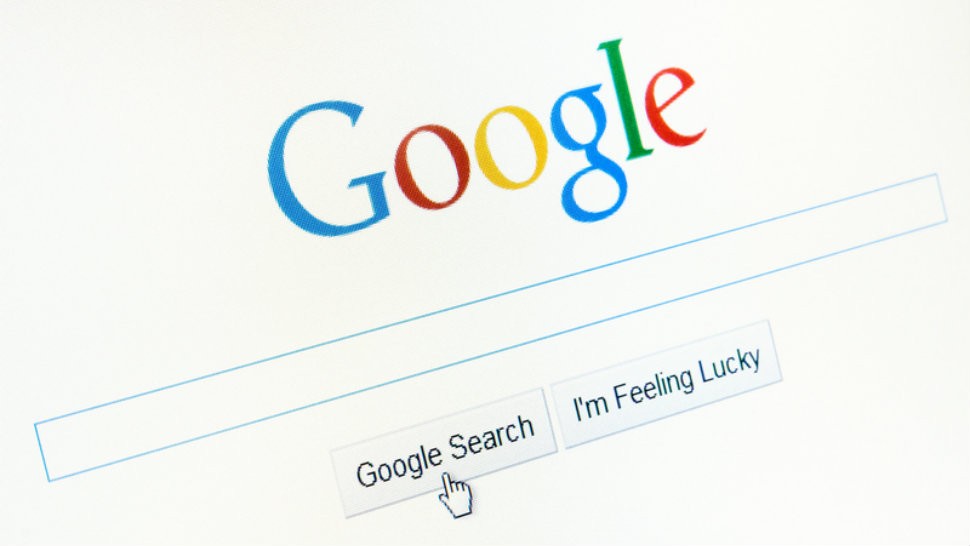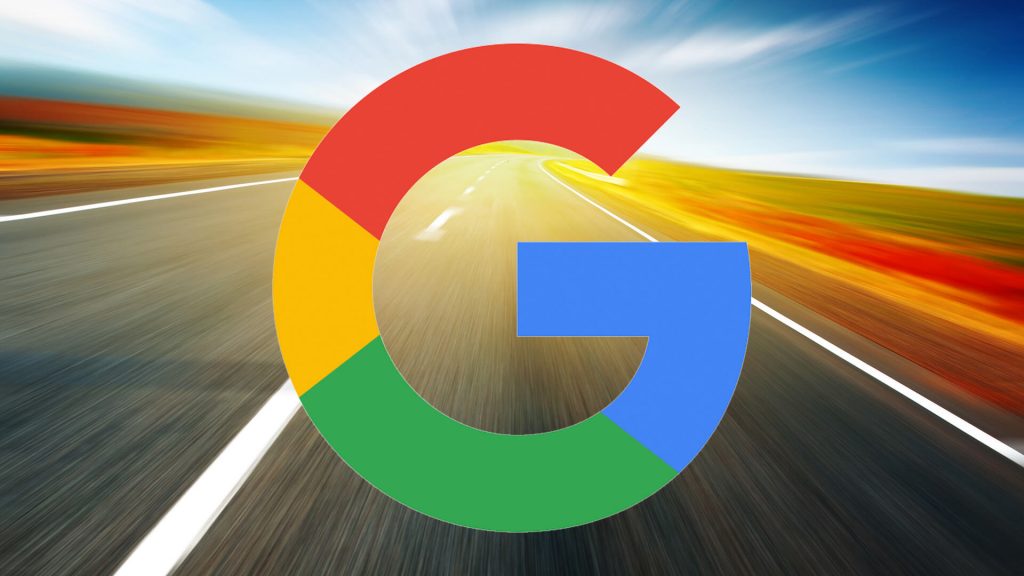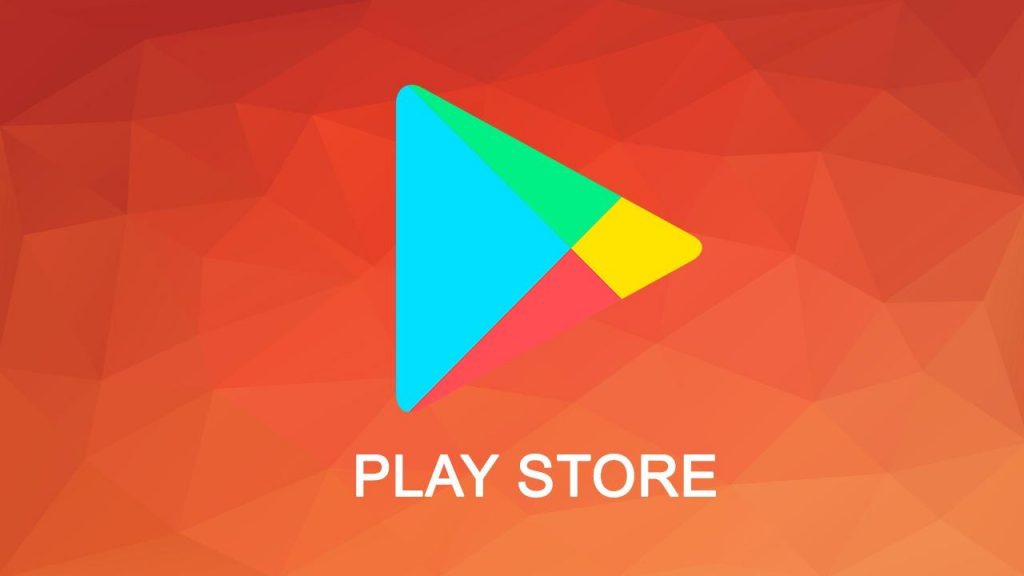Founders of Google Map, From Doodling on a White Board to Monitoring the Roads
Before settling down in the technical sector of Google and long before founding ‘Where 2 Technologies’, all the four founders of Google Map, Noel Gordon, Stephen Ma and the Rasmussen brothers, Lars and Jens, had totally divergent lifestyles. Initially, they had no plans on starting something of their own, but they somehow ended up creating a Sydney-based digital mapping start-up, ‘Where 2 Technologies’, which came under the acquisition of Google after a year of its launch.
Noel Gordon, Stephen Ma, Lars Rasmussen and Jens Rasmussen are the founding members of Google Map. The story starts with the Rasmussen brothers, at the time, when they started from zero with a sky-high dream of becoming millionaires, later, joined by Gordon and Ma.
Before Founding Where 2 Technologies
Born in Denmark, Lars always wanted to become a veterinarian. But, his mindset was changed after a terrible incident happened when he was 13. The Rasmussen brothers started taking programming lessons after school. Lars graduated with a PhD in Theoretical Computing in 1998 and moved to the US in 2000. In the US, he worked for a company, prior to dot-com boom in Silicon Valley. Dot-com or Dot-com Bubble was a business model that was followed by many companies to expand rapidly and capture the market.
After the stock market crashed in the year 2000 (also known as the dot-com boom), the Rasmussen brothers went through a $45 million loss in start-up capital. Though it was a major loss, they didn’t consider giving up as an option. With no savings and a mere $16 in their pockets, they started thinking of building a start-up. After the dot-com bust, the two needed to come up with something very unique, and something which, people would be interested to invest in. They started to work with mapping and navigation systems, to create something unusual and to set their application apart from already existing mapping software. And that is how they developed the idea of Where 2 Technologies, one of the most widely used platforms for navigation.
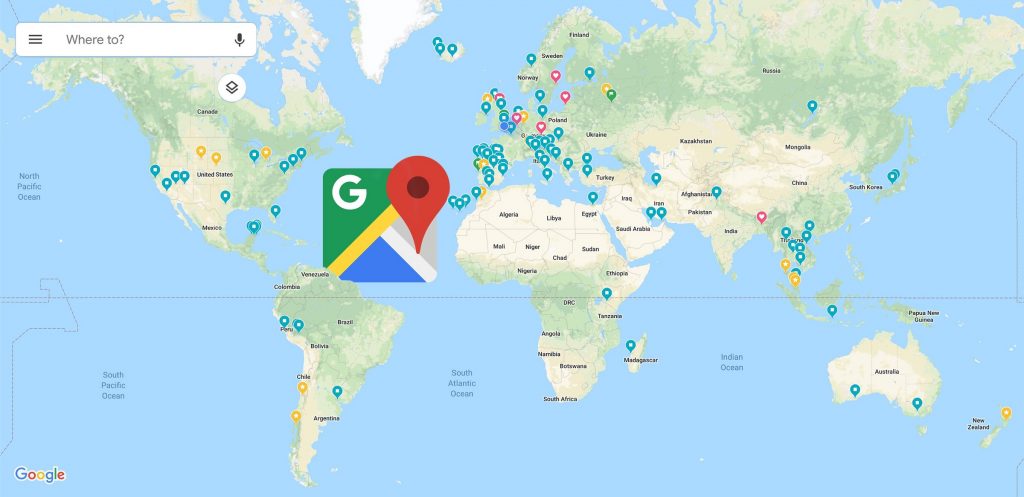
After six months of diligent hard work, they finally had a prototype to show and went to meet Frank Marshall, a private investor, to discuss fundings. Marshall was a very influential person, and it was him, who set all the meetings between Rasmussen brothers and high profile investors.
Where 2 Technologies really started taking shape after the other two founders joined Rasmussen brothers in the venture. Before joining Where 2 Technologies, Ma worked at a petrol station, and Gordon worked in his father-in-law’s clothing factory.
The Real Struggle
When the two bothers were still struggling with the idea of a new mapping system, Lars flew to Australia to live with his girlfriend. In Australia, Lars sought out Gordon and Stephen, when the brothers were already bankrupt. Then, with a little funding from Gordon, Where 2 Technologies was actually created and started shaping towards perfection. The team worked in the spare bedroom with conditions led by Gordon’s girlfriend. They didn’t work after 5, and also, spared the weekends. Gordon, in one of his interviews, said that they might be the only start-up in the entire world that worked from 9 to 5.
The next step was to get the right investors for the idea. They jot down the list of potential competitors, list of buyers, capital firms and technical strategies for Where 2 Technologies. By this time, they were already living lives with maxed out credit cards, but the zeal to achieve the goal was untamed. After showing a few prototypes to some of the huge investors, the real deal began when they had to represent the idea of advanced digital mapping to Google’s co-founder, Larry Page.
At first, Where 2 Technologies created an application for mapping which was supposed to be downloaded, installed, and then used for navigation. But Google wasn’t interested in application software, so it gave the team a deadline to get an idea for a web browser. Within a time span of only three weeks, they required to create a prototype, and that is how the scribbled whiteboard became famous. Finally, the team was able to successfully deliver it in August 2004. And with an unrevealed sum, Where 2 Technologies came under the acquisition of Google. This was Google’s second acquisition.
The Triumph
Even before the founders could embrace success, they found themselves working as Google employees. These Nooglers, that is, new recruits of Google started working at the Australian headquarters of the company. The company launched its IPO soon after they were recruited, where Google valued $23 billion. Among the four of them, Gordon still works at Google, and Ma retired a few years ago.
Google Map was founded on 8th February 2005, and by 2012, the company had over 2,100 employees working in the mapping sector.
The hard work of those four men paid off well because they were never ready to give up.

Annasha Dey is an NIT student, who apart from studying engineering is also a content writer. She has a great interest in photography, writing, reading novels, and travelling as well. She is a foodie who loves socializing and hanging out with her friends. She is also a trained Kathak dancer and a big fashion enthusiast. Dey also loves watching TV series, which includes F.R.I.E.N.D.S. and Big Bang Theory. To be a better writer she prefers to read more
